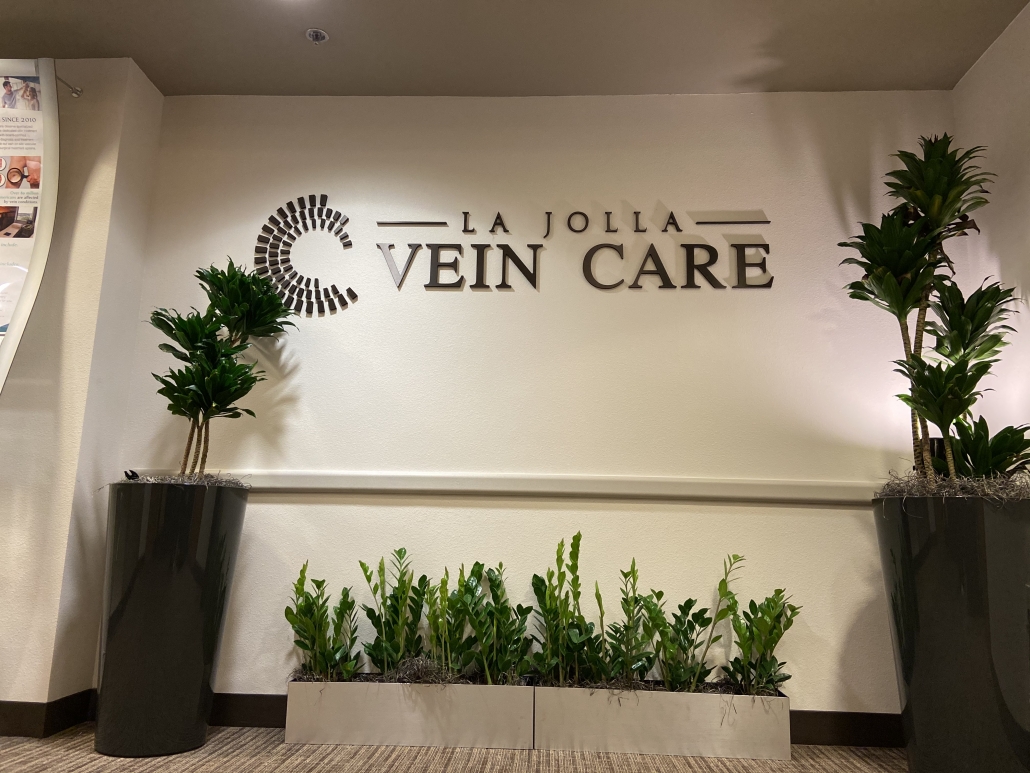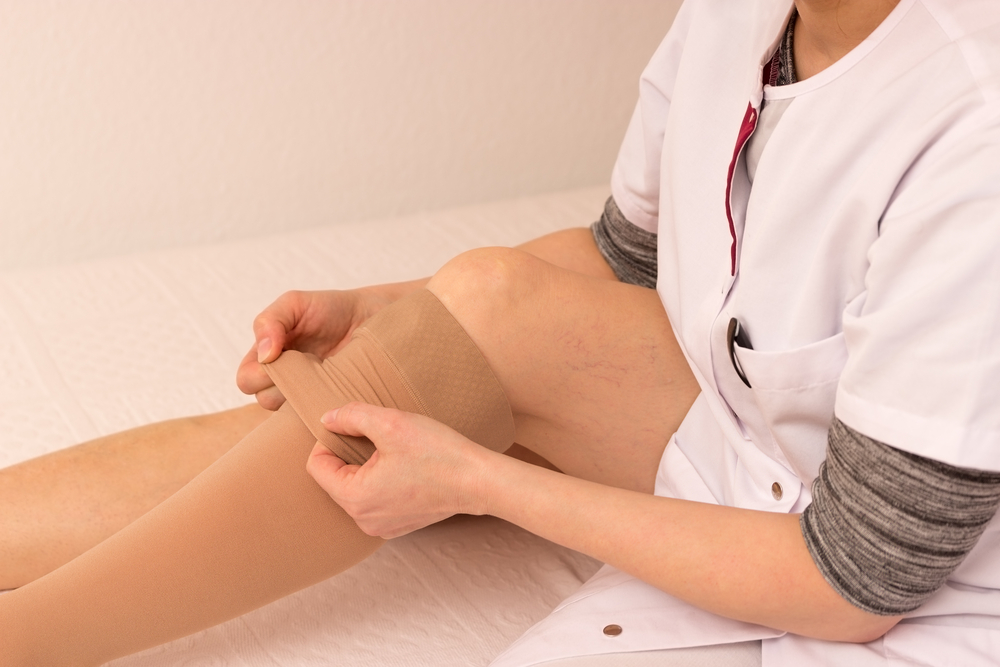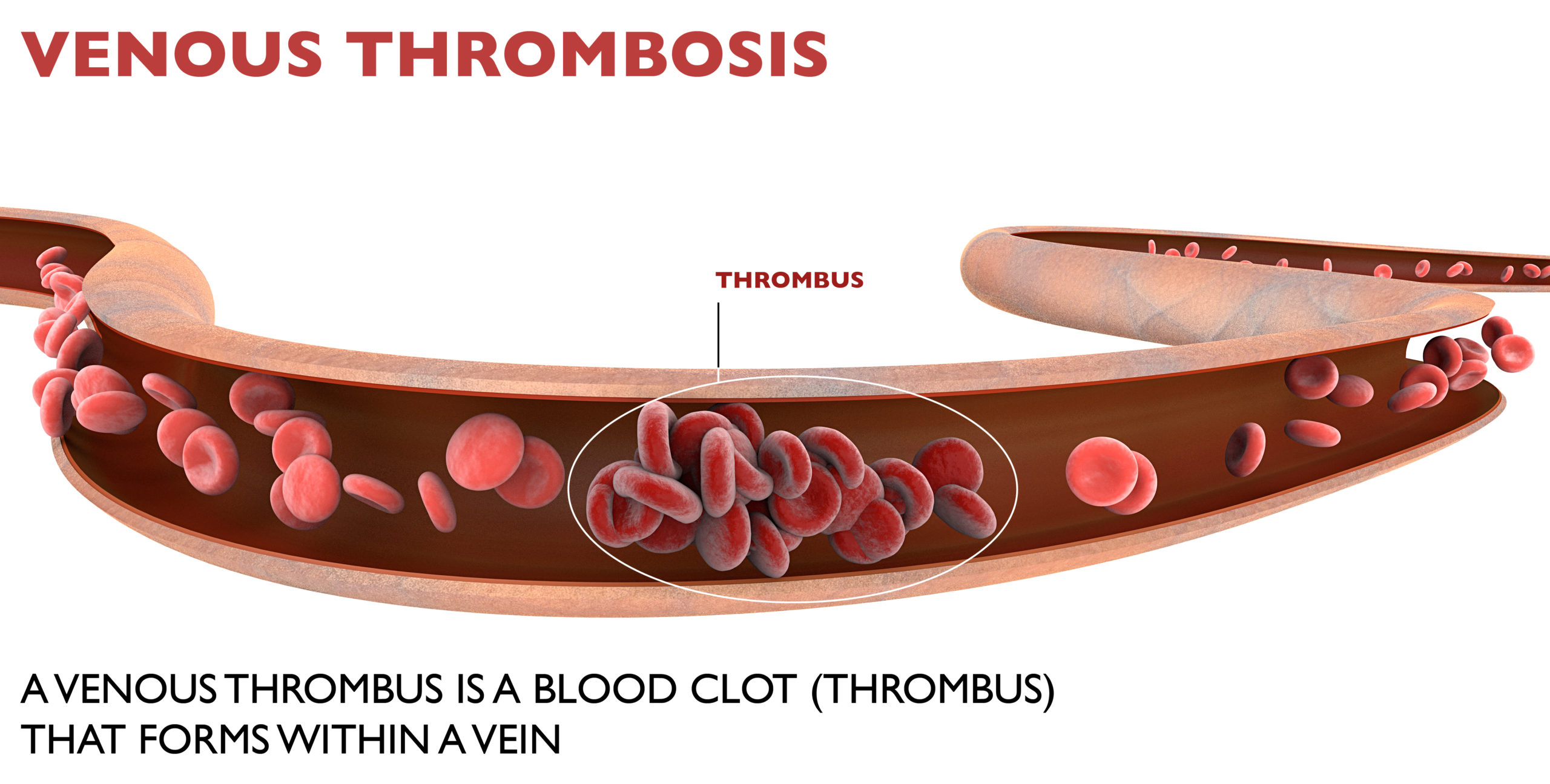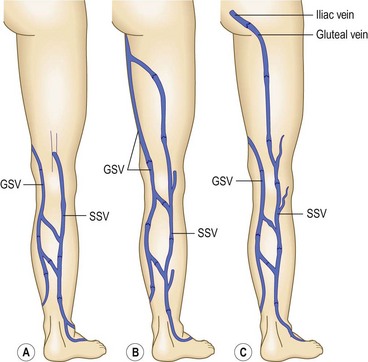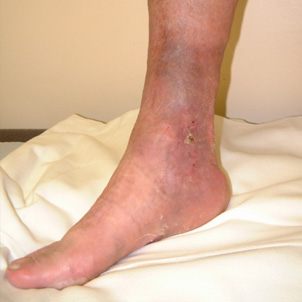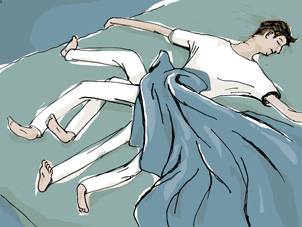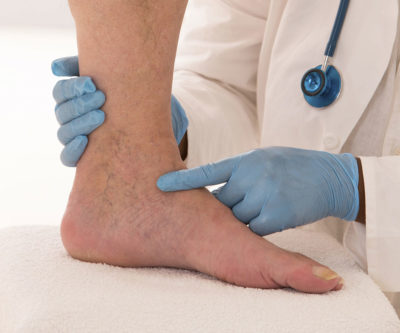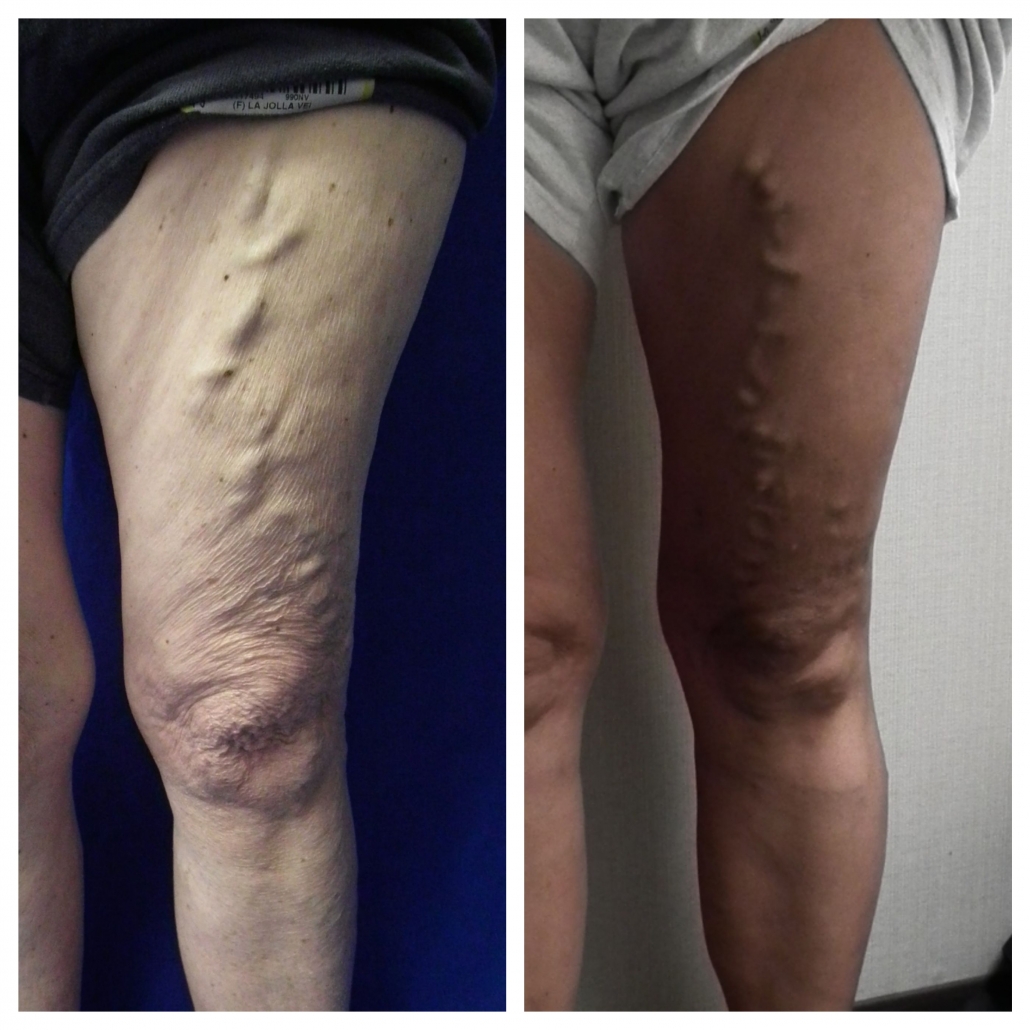We’re Open: Extended hours, Curb-side check-in, & Virtual Visits
Nisha Bunke2020-09-18T19:08:55-07:00We’re Open
Resuming In-office Services
La Jolla Vein Care has been actively monitoring the COVID-19 pandemic and its impact on our patient care and office protocols. Our highest priority is to continue providing the highest standard in vein care in a safe environment for our patients and staff. We have created and implemented a strategic plan using best available practices to minimize the risk of person-to-person COVID-19 exposure in our practice. These guidelines are in compliance with all State, Local, and CDC guidelines and guidance of the CMA, California Department of Public Health, Center for Disease Control.
While we continue to encourage virtual visits and at-home mobile ultrasound diagnostics, our office has re-opened for medical necessity treatments and for those who require in-office visits. Medical necessity conditions include complications from venous reflux disease and varicose veins such as thrombophlebitis (blood clots), vein hemorrhages, venous leg ulcerations (open leg wounds), and symptoms that interfere with one’s ability to work or maintain daily activities such as leg pain, heaviness, throbbing, swelling and night symptoms that interfere with rest such as restlessness and night cramps.
Cosmetic spider vein treatments are postponed until a future date.
SAFETY
We want you to know that our first concern has always been the safety and care of our patients and our team. Although the coronavirus pandemic is new to many of us, infection control is not new to healthcare. For decades, OSHA has mandated that medical practices follow the strictest guidelines in infection control. In order to put your mind at ease we at La Jolla Vein Care want to share with you some of the practices we employ to ensure our patients that our office is one of the safest places you can be.
- Less appointments will be scheduled throughout the day so that there will be minimal people in the lobby, with little or no wait time.
- We’re extending our hours and offering after-hours appointments to minimize the number of patients in office at a given time.
- Curb-side check in. If you prefer, you can wait in your car and we will text you when we are ready to room you. We recommend this for patients checking in prior to procedures.
- Prior to every visit, we will ask you screening questions, to ensure symptomatic or at-risk patients reschedule their appointments to avoid community spread.
- You must wear a mask or cloth facial covering to be permitted into the building. You will be provided with a mask and asked to wear it while in our office. You also will beasked to disinfect your hands with hand sanitizer. Please note only the front entrance is open at the Scripps XiMED building. There is currently no third-floor access via the parking structure.
- Our staff are required to wear masks for your protection.
- When you enter our waiting room you will notice that some chairs have been removed in accordance with national social-distancing recommendations.
- We are eliminating coffee service, snacks and water coolersfrom our waiting area to reduce chance of community transmission.
- Daily, we are screening our staff and following CDC guidelinesregarding staff members who are ill or may have been potentially exposed to COVID-19
- As a medical facility, we have always had a policy of sanitizing any surface after each patient encounter – but we are increasing our vigilance and frequency of disinfecting during this time.
- Please fill out any forms electronically if able and return them prior to your appointment.
- If you need to fill out any forms or sign consents, we have single use pens.
- We encourage Virtual optionsand mobile ultrasound at-home visits when possible.
We want to assure you that we are taking every precaution to make La Jolla Vein Care a place where you can feel safe and comfortable receiving the best possible care. If you have any specific questions, please call us. We look forward to seeing you at your next visit. We hope at this time that you and your loved ones are healthy and safe.
Stay connected to learn more about some exciting changes and how we are redefining vein care in 2020, Vein Care ReimaginedTM

